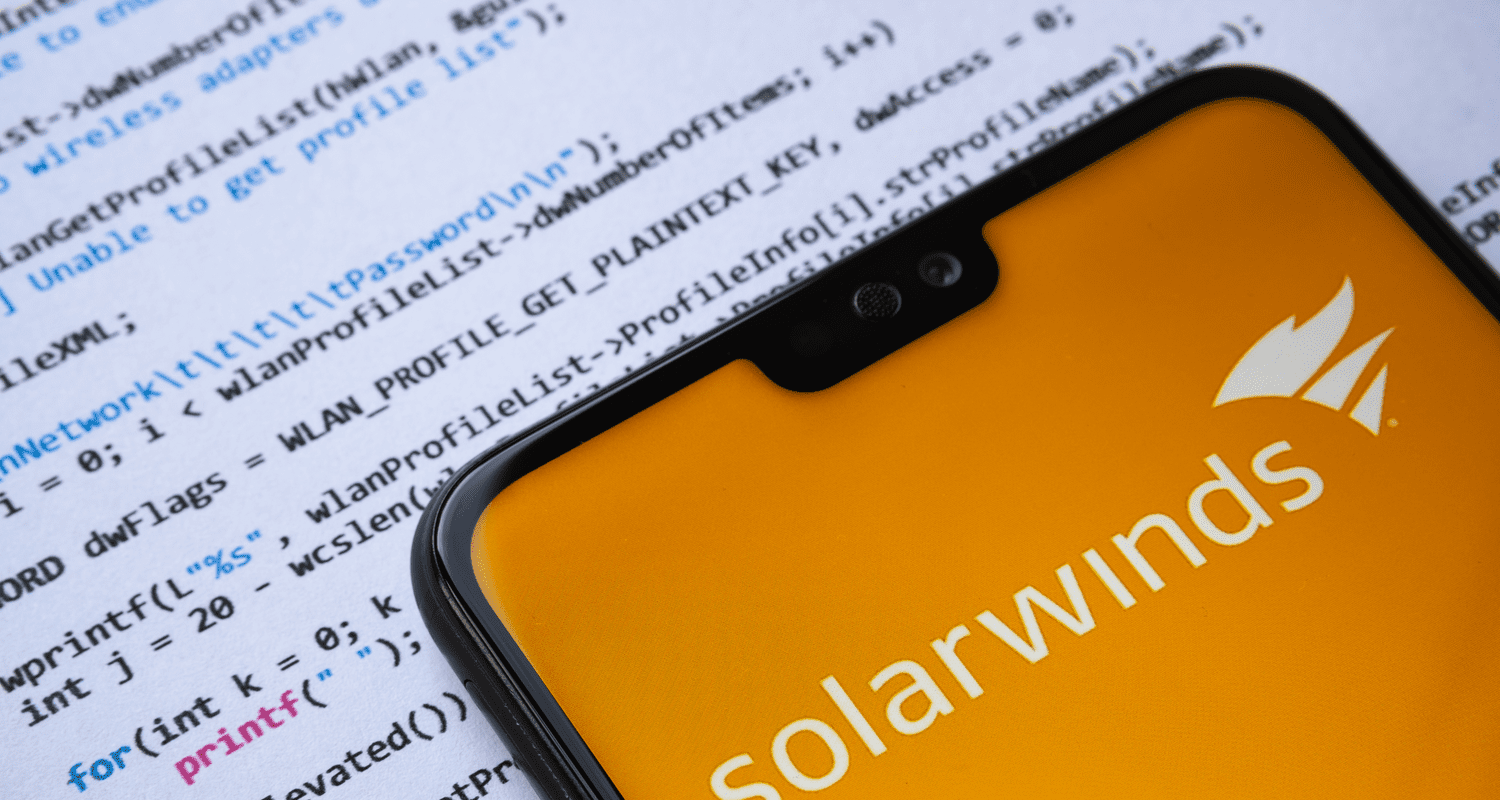SolarWinds: The Untold Story of the Boldest Supply-Chain Hack
But they had been at it only 24 hours when they found the passage they’d been looking for: a single file that appeared to be responsible for the rogue traffic. Carmakal believes it was December 11 when they found it.
The file was a .dll, or dynamic-link library—code components shared by other programs. This .dll was large, containing about 46,000 lines of code that performed more than 4,000 legitimate actions, and—as they found after analyzing it for an hour—one illegitimate one.
The main job of the .dll was to tell SolarWinds about a customer’s Orion usage. But the hackers had embedded malicious code that made it transmit intelligence about the victim’s network to their command server instead. Ballenthin dubbed the rogue code “Sunburst”—a play on SolarWinds. They were ecstatic about the discovery. But now they had to figure out how the intruders had snuck it into the Orion .dll.
This was far from trivial. The Orion .dll file was signed with a SolarWinds digital certificate, which was supposed to verify that the file was legitimate company code. One possibility was that the attackers had stolen the digital certificate, created a corrupt version of the Orion file, signed the file to make it look authentic, then installed the corrupt .dll on Mandiant’s server. Or, more alarmingly, they might have breached SolarWinds’ network and altered the legitimate Orion .dll source code before SolarWinds compiled it—converting the code into software—and signed it. The second scenario seemed so far-fetched that the Mandiant crew didn’t really consider it—until an investigator downloaded an Orion software update from the SolarWinds website. The backdoor was in it.
The implication was staggering. The Orion software suite had about 33,000 customers, some of whom had started receiving the hacked software update in March. That meant some customers might have been compromised for eight months already. The Mandiant team was facing a textbook example of a software-supply-chain attack—the nefarious alteration of trusted software at its source. In a single stroke, attackers can infect thousands, potentially millions, of machines.
In 2017 hackers had sabotaged a software supply…



